Biotin Responsive Basal Ganglia Disease
Biotin responsive basal ganglia disease. Thiamine also known as vitamin B1 is obtained from the diet and is necessary for proper functioning of the nervous system. The classic presentation of BTBGD occurs in childhood age 3-10 years and is characterized by recurrent subacute encephalopathy manifest as confusion seizures ataxia dystonia supranuclear facial palsy external ophthalmoplegia andor dysphagia which if left untreated can. Biotin-responsive basal ganglia disease is a rare childhood neurological disorder of uncertain etiology that is treatable if suspected and diagnosed.
One such movement disorder is biotin-responsive basal ganglia disease BBGD considered to be related to an underlying energy metabolism condition. It usually presents with encephalopathy and dystonia. Biotin Thiamine responsive Basal Ganglia Disease BTBGD is a rare treatable autosomal recessive metabolic disorder caused by mutations in SLC19A3 gene.
Biotin-responsive basal ganglia disease BBGD was first described by Ozand et al in 10 patients of Arab ancestry in 1998. All patients underwent a detailed medical history and clinical examination. Biotin-responsive basal ganglia disease BBGD is an autosomal recessive neurometabolic disorder.
Movement disorder cognitive deficits and seizures are classical. It usually presents with encephalopathy and dystonia. Biotin-thiamine-responsive basal ganglia disease BTBGD may present in childhood early infancy or adulthood.
Biotin-thiamine-responsive basal ganglia disease is a rare condition that affects the brain and other parts of the nervous system. Biotin-responsive basal ganglia disease BBGD MIM 607483 was first described in 1998 in a number of families in Saudi Arabia Ozand et al. We report a case of biotin-responsive basal ganglia disease suspected clinically.
2 6 BBGD is an autosomal recessive neurometabolic disorder. The severity of the condition and the associated signs and symptoms vary from person to person even within the same family. Only few cases have been reported earlier in literature.
To investigate the clinical genetic and neuroradiologic data of biotin-responsive basal ganglia disease BBGD and clarify the disease spectrum. It is characterized by sub acute encephalopathy with confusion seizure dysarthria and dystonia following a history of febrile illness.
Biotin-responsive basal ganglia disease is a rare childhood neurological disorder of uncertain etiology that is treatable if suspected and diagnosed.
The severity of the condition and the associated signs and symptoms vary from person to person even within the same family. We first investigated all patients attending our Division of Pediatric Neurology with a genetically proven diagnosis of BBGD between 2009 and 2011. 1 Subsequently cases have been reported in patients of different ethnicities including those of Portuguese Indian Japanese and German origin. This gene provides instructions for making a protein called a thiamine transporter which moves thiamine into cells. It is characterized by sub acute encephalopathy with confusion seizure dysarthria and dystonia following a history of febrile illness. Biotin Thiamine responsive Basal Ganglia Disease BTBGD is a rare treatable autosomal recessive metabolic disorder caused by mutations in SLC19A3 gene. Biotin-responsive basal ganglia disease BBGD MIM 607483 was first described in 1998 in a number of families in Saudi Arabia Ozand et al. The purpose of this study is to assess the neuroimaging and clinical features of the disease before and after treatment with biotin. Biotin-thiamine-responsive basal ganglia disease is caused by mutations in the SLC19A3 gene.
It usually presents with encephalopathy and dystonia. If left untreated with biotin the disease can progress to severe quadriparesis and even death. Biotin Thiamine responsive Basal Ganglia Disease BTBGD is a rare treatable autosomal recessive metabolic disorder caused by mutations in SLC19A3 gene. Basal ganglia are neurons deep within the brain which control movement. 1998Patients presented in childhood with a subacute encephalopathic picture of undefined origin including confusion vomiting and a vague history of febrile illness. 1 Subsequently cases have been reported in patients of different ethnicities including those of Portuguese Indian Japanese and German origin. It usually presents with encephalopathy and dystonia.










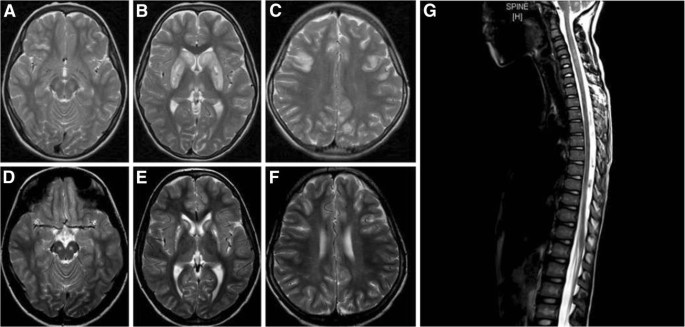


















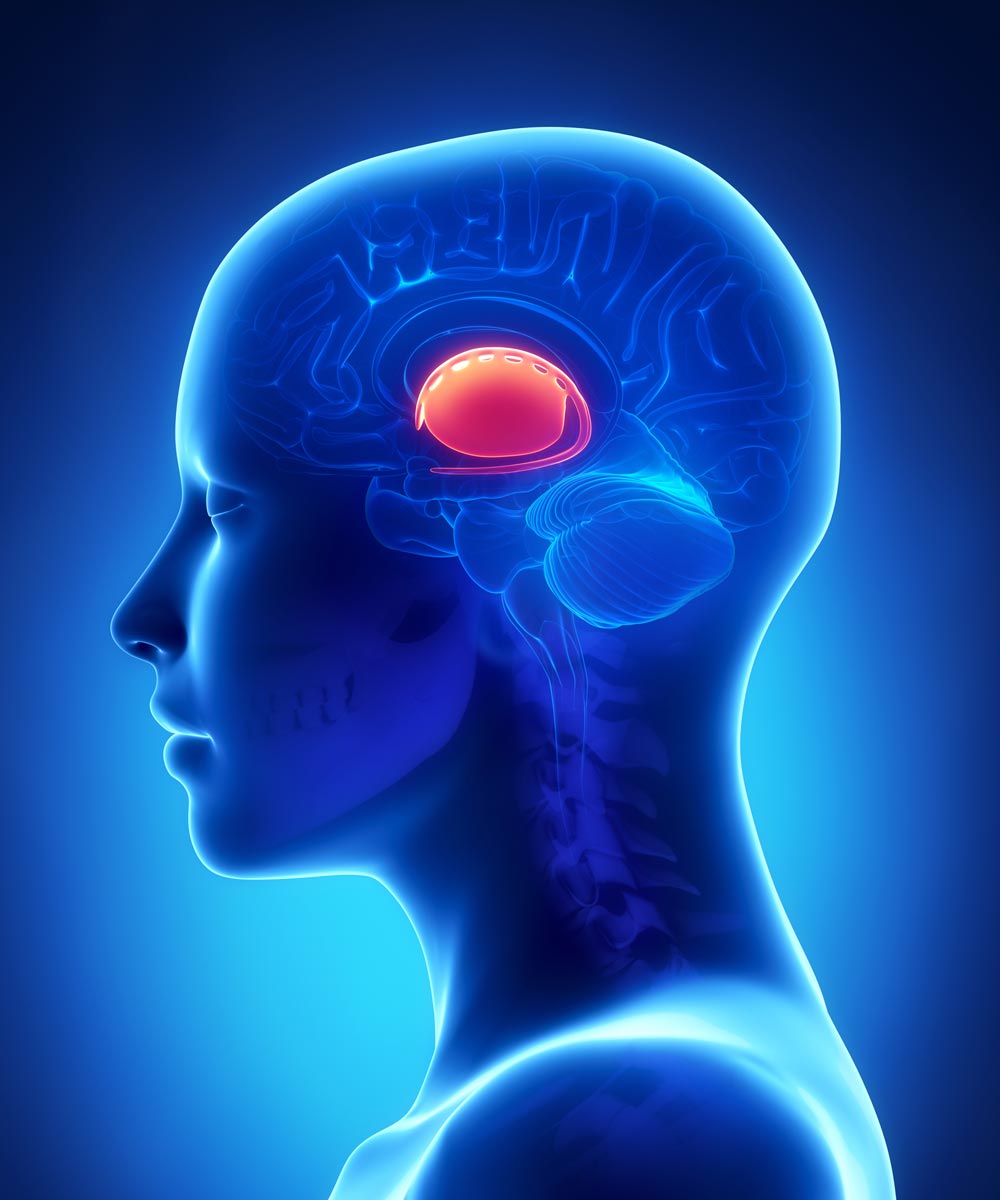
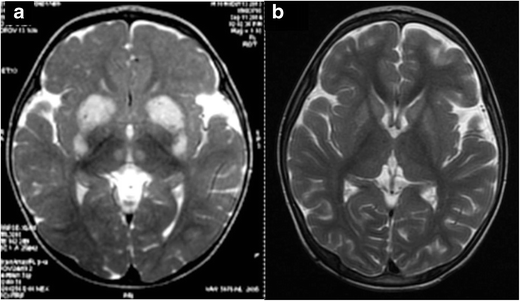

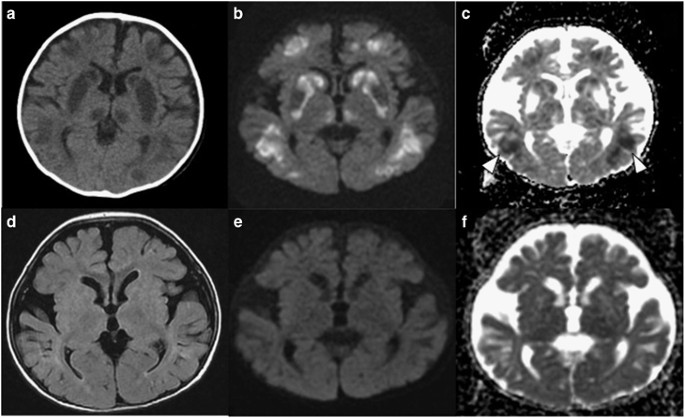
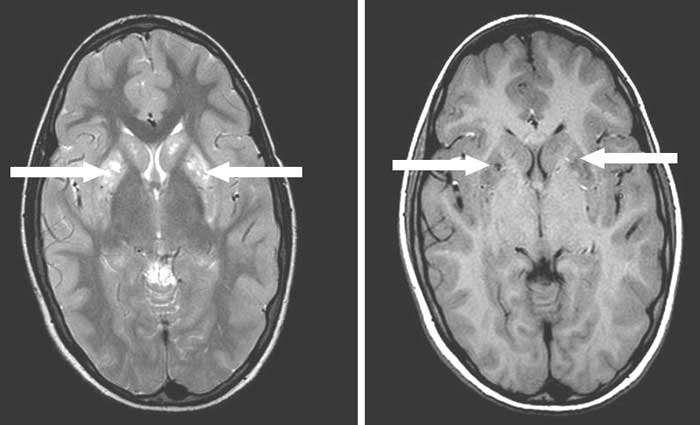
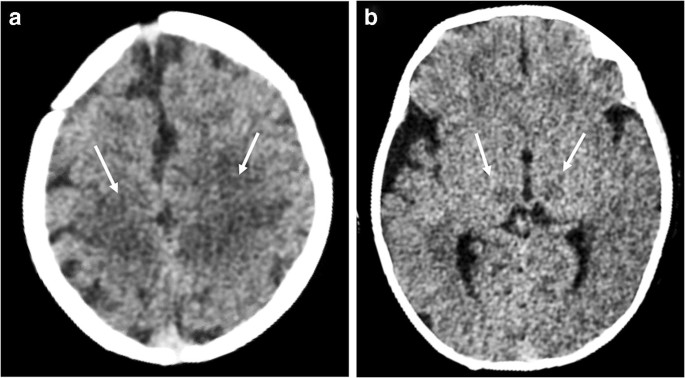

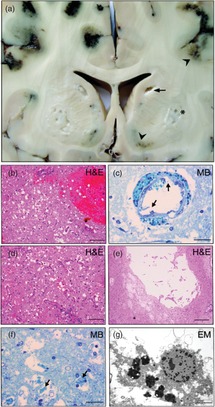





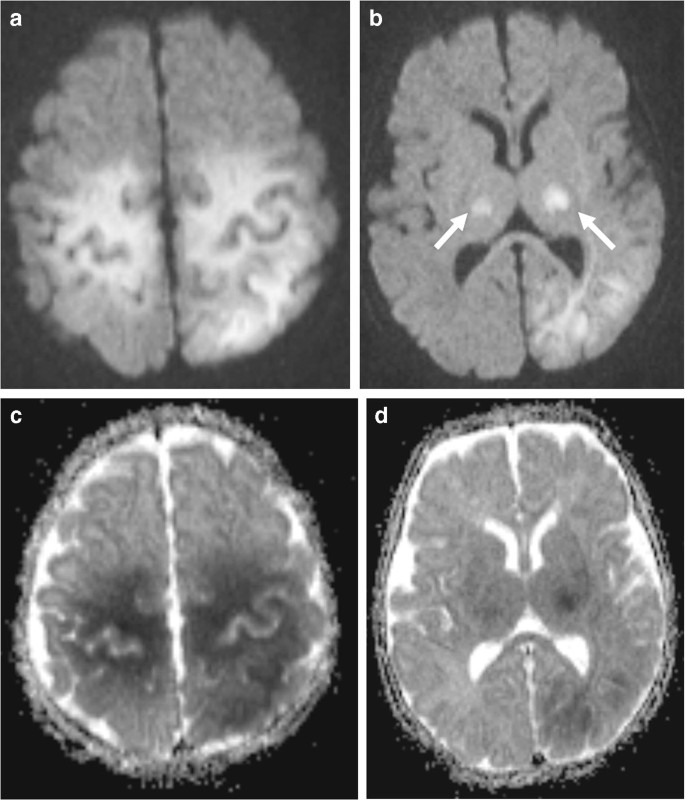
Post a Comment for "Biotin Responsive Basal Ganglia Disease"